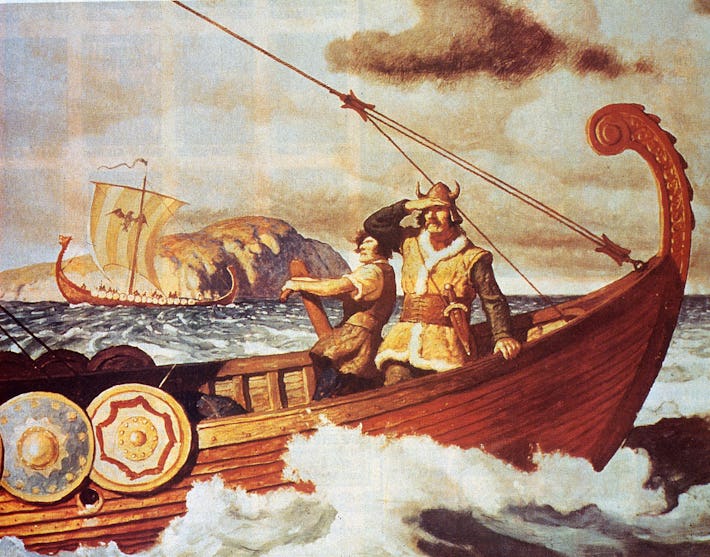ShareMeanwhile, Vikings used other cosmic forces — the Sun and stars — to navigate longships to new lands. They harvested the trees of L'Anse aux Meadows and built a life. Their adventures were chronicled and became legend. One thousand years later, scientists would extract wooden fragments from the earth and use new technology to detect those cosmic ray signals, revealing the earliest presence of Europeans in the Americas.
That is some synergy.
In a study released Wednesday in the journal Nature, scientists describe this process and how it led to the finding that Vikings were present in Newfoundland in 1021 A.D. Their study of the radiocarbon concentrations caused by that cosmic ray event allowed them to “overcome the imprecision of previous age estimates,” they write. This new date also represents the first known point at which human migration reached a full circle around the globe.
Co-author Michael Dee, a professor of isotope chronology at the University of Groningen, tells Inverse coming to this conclusion was “a long hard road,” made easier by the support of his expert colleagues.
“Sometimes when I get a quiet second to myself, I am very proud of what we have achieved,” Dee says, “and the thought that this may be a fact that endures for a considerable period of time.” (Read more.)
Tota pulchra es Maria
4 days ago


















No comments:
Post a Comment